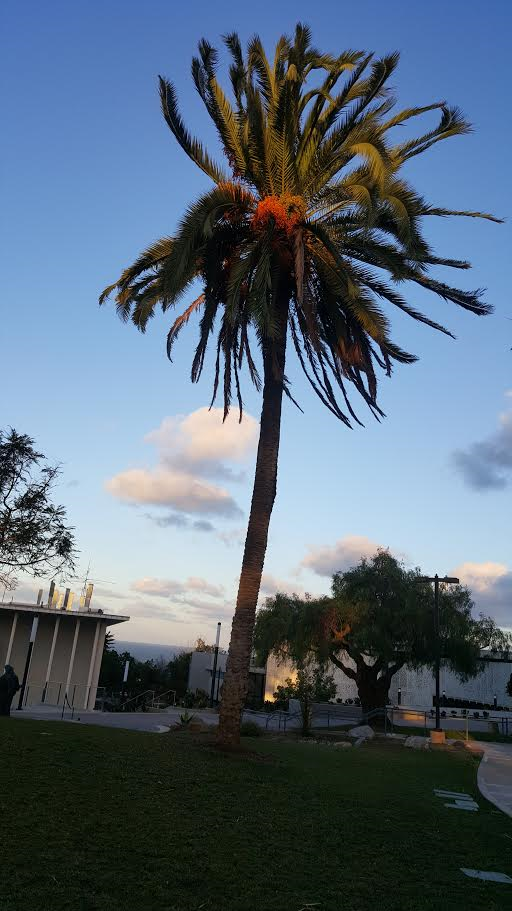Question #99edb
1 Answer
False.
Explanation:
There are three common mixtures in chemistry.
A suspension is defined as a: heterogeneous mixture containing solid particles large enough to create a sediment (in other words they'd separate if left alone [the particles would settle to the bottom]).
Suspensions can be filtered, and the particles are typically larger than 1 micrometer (
Examples of a suspensions include sand in water, dust in air, and, if you're in the lab, mercury in oil.
----------------------------------------------------------------
The two other mixtures by contrast are solutions and colloids.
--
Solutions are defined as: a homogenous mixture composed of two or more substances. Solutions cannot be filtered and the solute (the dissolved substance [for example sugar is the solute when we dissolve sugar in water]) will not settle if left alone. We can easily see through solution (solutions are essentially the opposite of suspensions).
Some examples of solutions are air (air is composed of gasses, including oxygen, dissolved in nitrogen), carbon dioxide in water (this happens on a molecular level, these are not the bubbles in soda), and, as we briefly spoke about earlier, sugar water (I suggest drinking some and annoying your friends—you can blame it on experimentation).
Since solutions are transparent images don't do a good job at exemplifying what they are, I'd suggest putting a teaspoon of sugar in a glass of water and stirring to witness the creation of a solution in action.
--
Colloids are mixtures in which a substance of insoluble particles is microscopically dispersed and suspended in another substance. For all intents an purposes colloids do not settle and only some can be separated by being spun really, really, fast in a centrifuge. Colloids exhibit what we call the Tyndall effect, that is a colloid allows some light through it but not enough to see anything on the other side (this occurs because the particles are so microscopically small that they block most, but not all, of the light).
Below is picture of fogged windows, this is a great example of the Tyndall effect. See how light comes through but you can't see what's outside? That's essentially what the Tyndall effect is and how most colloids effect light.

Own work; feel free to reuse this image (for educational purposes only)
Some common colloids are milk (which is essentially butterfat and water), fog (and clouds [water in air]), and gelatin (when dissolved in water).
Below is an example of a colloid (clouds).

Own work, feel free to reuse this image (for educational purposes only)
I hope this helps!

